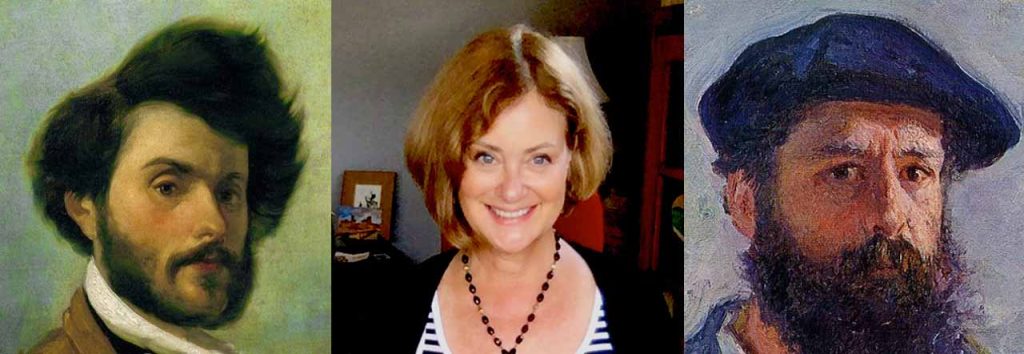
Macchie di Luce e Impressioni di Colore
Spots of Light and Impressions of Color
Chi erano i Macchiaioli?
Who Were the Macchiaioli?
Ciao a tutti! Oggi voglio parlarvi di un argomento a me molto caro: un gruppo di artisti italiani che dipinsero nel diciannovesimo secolo. Si chiamano “i Macchiaioli.”
Hello everyone! Today I want to talk to you about a topic very close to my heart: a group of Italian artists who painted in the nineteenth century. They are called “the Macchiaioli.”
Quando ero una studentessa a Firenze, visitai il Palazzo Pitti, dove si trova il museo d’arte moderna. Fu lì che vidi per la prima volta le opere dei Macchiaioli. Rimasi subito colpita dal loro stile, che assomigliava molto a quello degli Impressionisti francesi. Mi chiesi chi fossero questi artisti italiani e perché non ne avessi mai sentito parlare prima.
When I was a student in Florence, I visited the Pitti Palace, where the museum of modern art is located. It was there that I first saw the works of the Macchiaioli. I was immediately struck by their style, which closely resembled that of the French Impressionists. I wondered who these Italian artists were and why I had never heard of them before.
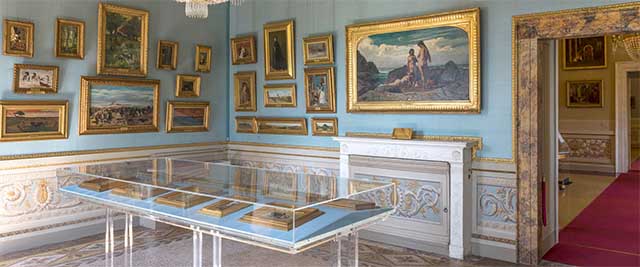
Hai mai visto un quadro dei Macchiaioli?
Have You Ever Seen a Macchiaioli Painting?
Hai mai visto un dipinto dei Macchiaioli? Forse sì, forse no! In ogni caso, sei nel posto giusto. Resta con me per esplorare il mondo dei Macchiaioli qui sul blog Matta e in un prossimo video Matta. Sono felicissima di averti qui per immergerci nella storia dell’arte italiana e praticare un po’ di italiano insieme!
Have you ever come across a Macchiaioli painting? Maybe you have, maybe you haven’t! Either way, you’re in the right place. Stay tuned as we explore the world of i Macchiaioli right here on the Matta blog and in an upcoming Matta video. I’m thrilled to have you here to dive into Italian art history and practice a little Italian along the way!
Un Confronto tra Movimenti Artistici
A Comparison of Artistic Movements
I Macchiaioli erano un gruppo di pittori italiani che precedettero gli Impressionisti di dieci anni. I due movimenti artistici vengono spesso confrontati e considerati simili. Tuttavia, gli Impressionisti sono famosi in tutto il mondo, mentre i Macchiaioli sono molto meno conosciuti.
The Macchiaioli were a group of Italian painters who preceded the Impressionists by ten years. The two artistic movements are often compared and considered similar. However, the Impressionists are famous worldwide, while the Macchiaioli are much less known.
I Macchiaioli: Arte Dimenticata o Sottovalutata?
The Macchiaioli: Forgotten or Underrated Art?
I Macchiaioli erano un gruppo di pittori italiani che precedettero gli Impressionisti di dieci anni. I due movimenti artistici vengono spesso confrontati e considerati simili. Tuttavia, mentre gli Impressionisti sono celebri in tutto il mondo, i Macchiaioli sono molto meno conosciuti. Anzi, a volte, quando i due gruppi di artisti vengono recensiti insieme, l’opera dei Macchiaioli viene trascurata e considerata “l’impressionismo fallito in Italia.”
The Macchiaioli were a group of Italian painters who preceded the Impressionists by ten years. The two artistic movements are often compared and considered similar. However, while the Impressionists are celebrated worldwide, the Macchiaioli are much less known. Indeed, when the two groups of artists are reviewed together, the Macchiaioli’s work is sometimes overlooked and labeled “the failed impressionism in Italy.”
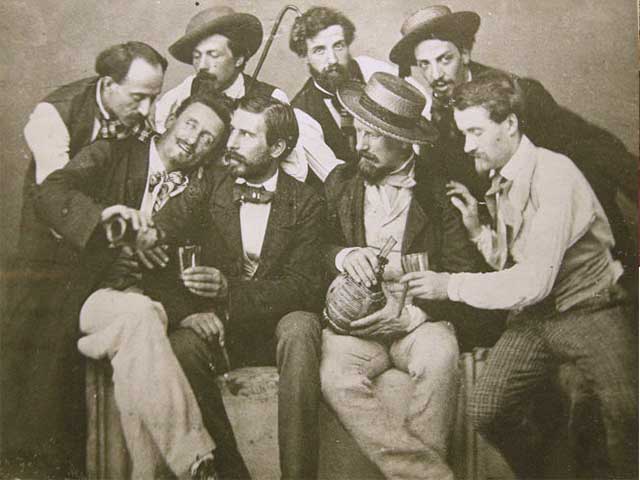
Ma è davvero una valutazione giusta? Quali sono i motivi per cui i Macchiaioli sono stati trascurati e quasi dimenticati? All’inizio del Novecento, i Macchiaioli non venivano nemmeno menzionati dai principali storici dell’arte nei libri più importanti. È un’ingiustizia che richiede una riflessione più profonda.
But is this really a fair assessment? What are the reasons why the Macchiaioli were neglected and almost forgotten? At the beginning of the 20th century, the Macchiaioli weren’t even mentioned by prominent art historians in major art history books. It’s an injustice that warrants deeper consideration.
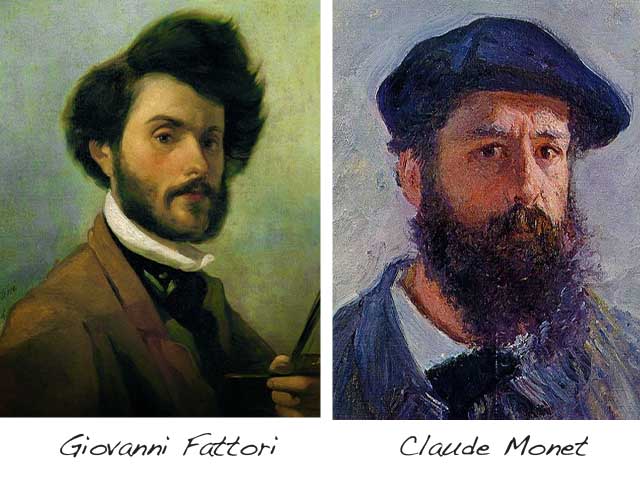
Un Confronto tra Giganti: Fattori e Monet
A Comparison of Giants: Fattori and Monet
Per approfondire queste domande, ho pensato che sarebbe interessante confrontare i due movimenti artistici per vedere dove i Macchiaioli e gli Impressionisti sono simili e dove differiscono. A tal fine, ho scelto alcuni dipinti di Giovanni Fattori, il leader del gruppo dei Macchiaioli, e di Claude Monet, considerato il “padre” dell’Impressionismo.
To investigate these questions, I thought it would be interesting to compare the two artistic movements to see where the Macchiaioli and the Impressionists are similar and where they differ. For this purpose, I selected works by Giovanni Fattori, the leader of the Macchiaioli group, and Claude Monet, considered the “father” of Impressionism.
Ricordate che Fattori nacque nel 1825 (mille ottocento venticinque) ed era quindici anni più vecchio di Monet. Il movimento artistico dei Macchiaioli iniziò intorno al 1848 (mille ottocento quarantotto), mentre l’Impressionismo nacque nel 1866 (mille ottocento sessantasei).
Keep in mind that Fattori was born in 1825 (eighteen twenty-five) and was fifteen years older than Monet. The Macchiaioli artistic movement began around 1848 (eighteen forty-eight), while Impressionism started in 1866 (eighteen sixty-six).
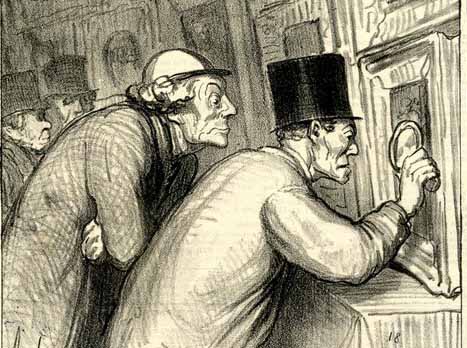
Da Insulti a Nomi Iconici
From Insults to Iconic Names
Sia i Macchiaioli che gli Impressionisti devono i loro nomi a commenti dispregiativi fatti sulla stampa. Nel caso degli italiani, il gruppo fu soprannominato “Macchiaioli” come insulto da un giornalista critico che scrisse sulla Gazzetta del Popolo il 3 novembre 1862 (mille ottocento sessantadue).
Both the Macchiaioli and the Impressionists derived their names from pejorative comments made about them in the press. In the case of the Italians, the group was nicknamed “Macchiaioli” as an insult by a critical journalist who wrote in the Gazzetta del Popolo on November 3, 1862 (eighteen sixty-two).
Il termine implicava che il loro lavoro fosse incompleto, poiché si credeva che gli artisti “macchiassero” casualmente la vernice sulle tele.
The term implied that their work was unfinished, as the artists were believed to “stain” paint randomly on their canvases.
Nel caso dei francesi, ottennero il soprannome di “impressionisti” da un giornalista sprezzante che dichiarò che il dipinto di Monet intitolato Impression, Alba fosse “incompleto” e lo paragonò negativamente a una carta da parati.
In the case of the French, they got the nickname “Impressionists” from a contemptuous journalist who declared that Monet’s painting Impression, Sunrise was “unfinished” and compared it unfavorably to wallpaper.
Dipinti En Plein Air: Macchiaioli e Impressionisti a Confronto
Plein Air Paintings: Comparing Macchiaioli and Impressionists
Esaminiamo ora come lavoravano gli artisti italiani e francesi e le tecniche che usavano per realizzare i loro dipinti.
Let’s now take a look at how Italian and French artists worked and the techniques they used to create their paintings.
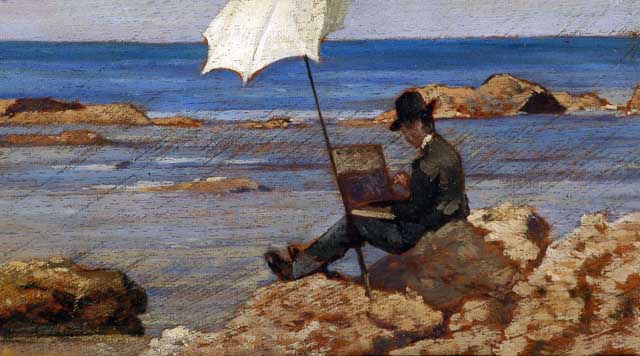
Il Mondo Rurale dei Macchiaioli
The Rural World of the Macchiaioli
I Macchiaioli dipingevano principalmente la campagna toscana e scene che celebravano la vita quotidiana dei contadini con le loro attività semplici e normali. Sono conosciuti soprattutto per i piccoli e veloci schizzi di pittura che realizzavano all’aperto, uno stile che oggi chiamiamo pittura en plein air.
The Macchiaioli mainly painted the Tuscan countryside and scenes that celebrated the daily life of peasants and their simple, ordinary activities. They are best known for the small, quick sketches they painted outdoors, a style now called plein-air painting.
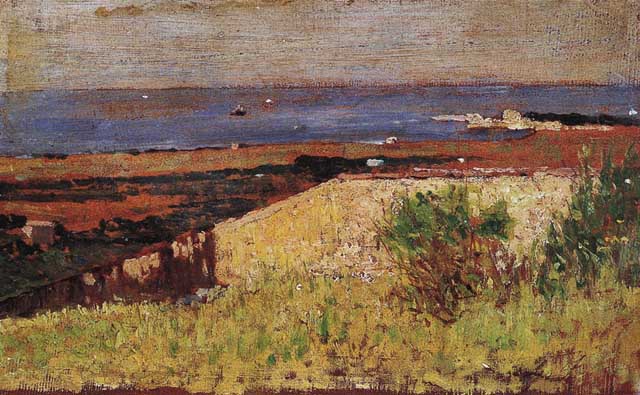
Il Metodo di Lavoro di Giovanni Fattori
Giovanni Fattori’s Method
Giovanni Fattori e i suoi compagni credevano che l’unico modo per creare una scena autentica fosse andare nei campi e nei boschi per studiare il mondo naturale.
Giovanni Fattori and his companions believed that the only way to create an authentic scene was to go into the fields and woods to study the natural world.
Fattori scrisse di sé: “Sono un tale osservatore scrupoloso della natura, che ho sempre studiato fin da giovane e ho sempre portato con me un piccolo taccuino in tasca per prendere appunti, camminare e osservare tutto ciò che mi colpiva.”
Fattori wrote about himself: “I am such a scrupulous observer of nature that I have always studied it since I was young, and I have always carried a small pocket notebook with me to take notes, walk, and observe everything that struck me.”
Luce e Tecnica: Le “Macchie” dei Macchiaioli
Light and Technique: The Macchiaioli’s “Stains”
Affascinati dal mondo naturale in cui si muovevano, i Macchiaioli nutrivano certamente un interesse particolare per la luce naturale. Per loro era fondamentale registrare l’intenso chiaroscuro che cambiava costantemente durante la giornata mentre il sole attraversava il cielo.
Fascinated by the natural world they moved in, the Macchiaioli had a particular interest in natural light. For them, it was essential to capture the intense chiaroscuro that constantly shifted throughout the day as the sun moved across the sky.
Per documentare rapidamente questi cambiamenti, gli artisti svilupparono una tecnica pittorica che consisteva nel tamponare rapidamente le loro tele con pennellate grezze di colore.
To quickly document these changes, the artists developed a painting technique of rapidly dabbing their canvases with rough strokes of paint.
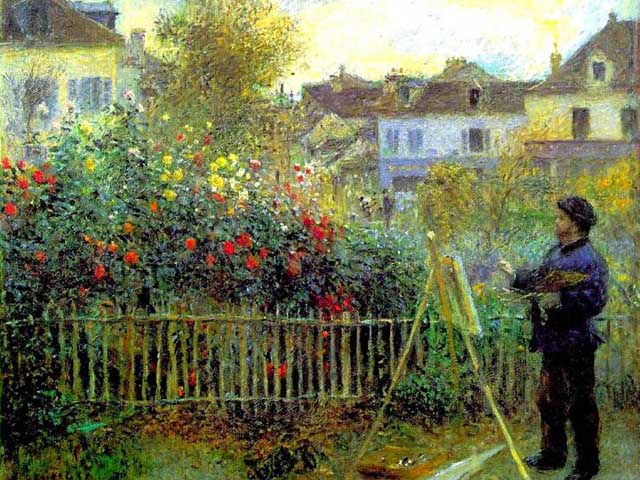
La Visione degli Impressionisti Francesi
The Vision of the French Impressionists
Monet e gli Impressionisti francesi erano anche convinti che l’unico modo per dipingere fosse lavorare all’aperto. Sostenevano che solo nei campi, in riva al mare o nei giardini sarebbe stato possibile catturare la luce che cambiava rapidamente e osservare bene la natura.
Monet and the French Impressionists were also convinced that the only way to paint was to work outdoors. They argued that only in the fields, by the sea, or in gardens could one capture the quickly shifting light and truly observe nature.
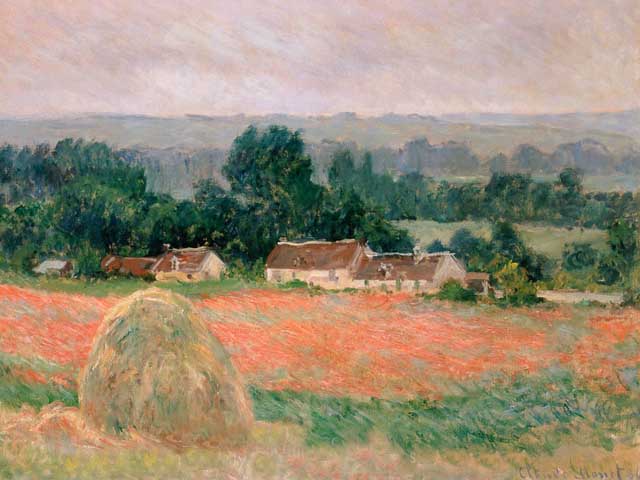
La Natura come Fonte d’Ispirazione
Nature as a Source of Inspiration
Monet una volta disse: “La ricchezza che ottengo viene dalla natura, la fonte della mia ispirazione.”
Monet once said, “The wealth I get comes from nature, the source of my inspiration.”
Come i Macchiaioli, anche gli Impressionisti svilupparono una tecnica grezza per applicare la pittura e catturare rapidamente l’essenza del soggetto, piuttosto che ogni piccolo dettaglio.
Like the Macchiaioli, the Impressionists also developed a rough technique of applying paint to quickly capture the essence of the subject rather than every small detail.
Luce, Colore e Pennellate
Light, Color, and Brushstrokes
L’obiettivo era registrare la luce e l’impressione di un oggetto, e non importava se le pennellate erano visibili. I colori venivano applicati uno accanto all’altro con il minimo mescolamento possibile: erano gli occhi di chi osservava il dipinto a mescolare i colori.
The goal was to record the light and the impression of an object, and it didn’t matter if the brushstrokes were visible. Colors were applied side by side with minimal blending; instead, the eyes of the viewer mixed the colors.
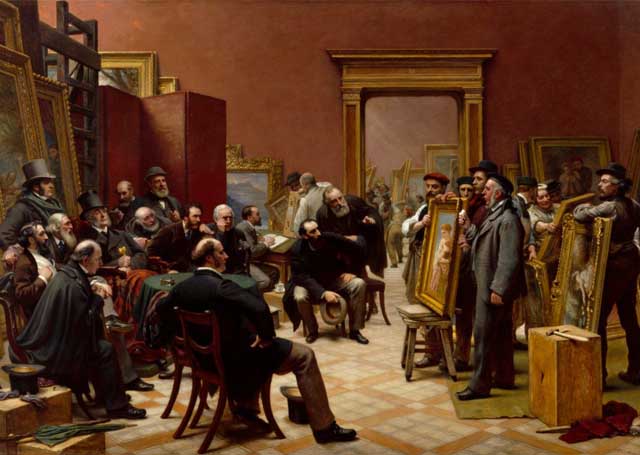
Un Allontanamento dalle Accademie
A Break from the Academies
I Macchiaioli e gli Impressionisti erano interessati alle stesse tecniche e agli stessi soggetti da dipingere. Ispirati dalla natura e da nuovi modi di fare arte, entrambi i gruppi, i Macchiaioli e gli Impressionisti, desideravano allontanarsi dalle accademie d’arte che imponevano come gli artisti dovessero dipingere.
The Macchiaioli and the Impressionists were interested in the same techniques and subjects to be painted. Inspired by nature and new ways of creating art, both the Macchiaioli and the Impressionists wanted to distance themselves from the art academies that dictated how artists should paint.
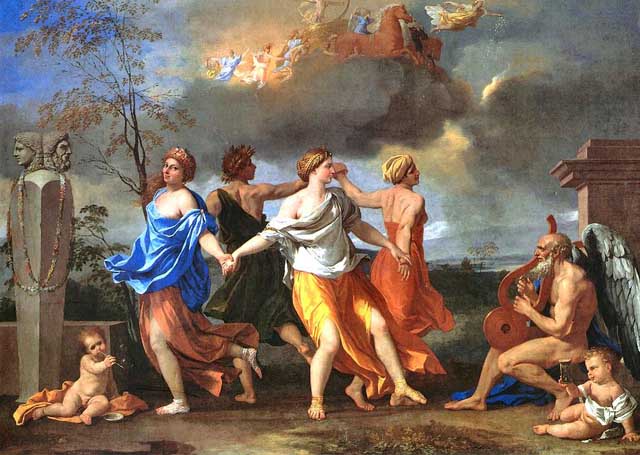
Quindi, si sono allontanati dalle accademie d’arte classiche e sono andati a trovare le loro strada. La reazione delle scuole e del pubblico non è stata favorevole e sono stati emarginati. Ma non glie ne importava. Erano stufi della pittura che erano legati alle idee intellettuali e volvevano staccarsi dai temi che si trovavano nelle allegorie e le storie classiche e dipingere invece semplici scene ordinarie con persone reali.
Hence, they moved away from classical art academies and went on to find their own path. The reaction of the schools and the public was not favorable and they were marginalized. But they didn’t care. They were fed up with a painting style that was related to intellectual ideas and wanted to break away from the themes found in allegories and classical stories and instead paint simple ordinary scenes with real people.
Una Visione Simile, Differenze Distintive
A Similar Vision, Distinct Differences
I Macchiaioli e gli Impressionisti sembrano condividere una visione d’arte molto simile, ma ci sono differenze che li contraddistinguono.
The Macchiaioli and the Impressionists seem to share a very similar vision of art, but there are differences that distinguish them.
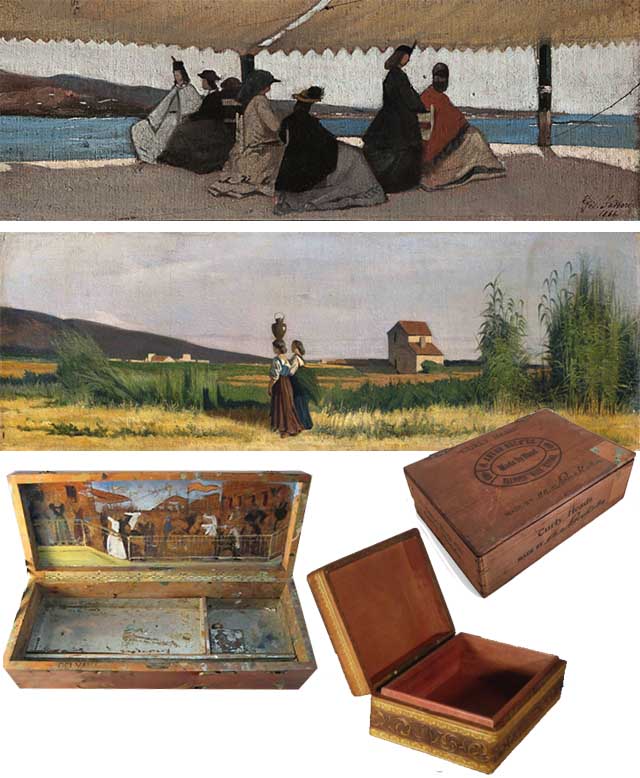
Strumenti e Tecniche a Confronto: Macchiaioli vs Impressionisti
Tools and Techniques Compared: Macchiaioli vs. Impressionists
Per catturare rapidamente schizzi di vasti orizzonti, i Macchiaioli inizialmente utilizzavano piccole tavole allungate, scoprendo che i coperchi portatili delle scatole di sigari erano ideali per i loro primi bozzetti. Tuttavia, i limiti delle loro vernici fresche preparate a mano, che si asciugavano rapidamente, li costringevano a tornare nei loro studi per completare le opere. Questa necessità spesso causava la perdita di immediatezza e freschezza ottenute all’aperto.
To capture quick sketches of expansive horizons, the Macchiaioli initially used small, elongated panels, discovering that the portable lids of cigar boxes were ideal for their first drafts. However, the limitations of their freshly hand-prepared paints, which dried quickly, forced them to return to their studios to complete their works. This necessity often caused their paintings to lose the immediacy and freshness achieved outdoors.
A differenza degli Impressionisti, i Macchiaioli non considerarono mai di eliminare completamente il nero dalle loro tavolozze. Di conseguenza, i loro dipinti presentavano spesso toni più scuri, composizioni più pesanti e contorni nettamente definiti, creando un netto contrasto con le opere più luminose e atmosferiche dei loro colleghi francesi.
Unlike the Impressionists, the Macchiaioli never considered entirely removing black paint from their palettes. Consequently, their paintings often had darker tones, heavier compositions, and sharply defined outlines, creating a stark contrast to the lighter, more atmospheric works of their French counterparts.
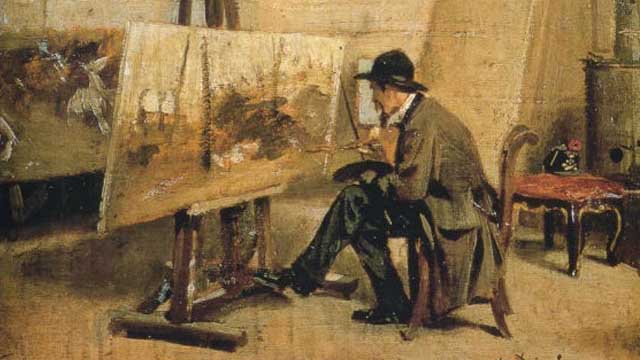
I Vantaggi degli Impressionisti Francesi
The Advantages of the French Impressionists
Gli Impressionisti, invece, beneficiarono di nuove innovazioni: i colori in tubetto. Questo li liberò dalla tradizionale macinatura manuale dei pigmenti. Poiché le vernici nei tubetti non si asciugavano velocemente, gli artisti potevano dipingere all’aperto per periodi più lunghi.
The Impressionists, on the other hand, benefited from new innovations: paint in tubes. This freed them from the traditional manual grinding of pigments. Since the tube paints didn’t dry quickly, the artists could paint outdoors for longer periods.
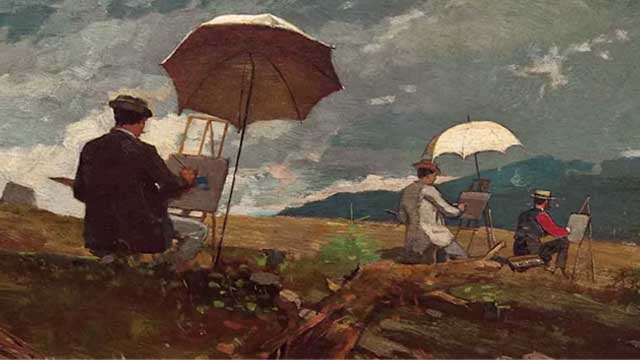
Una Rivoluzione nei Materiali
A Revolution in Materials
Ascoltate bene: questa è una svolta importante! Fino a quel momento, i colori a olio e il modo in cui venivano preparati erano rimasti invariati sin dal Rinascimento. Poiché la preparazione dei colori richiedeva tempo e si asciugavano velocemente, gli artisti preparavano solo pochi colori per ogni sessione di pittura.
Listen up: this is a very important development! Until that moment, oil paints and their preparation methods had remained unchanged since the Renaissance. Since preparing colors was time-consuming and they dried quickly, artists only prepared a few colors for each painting session.

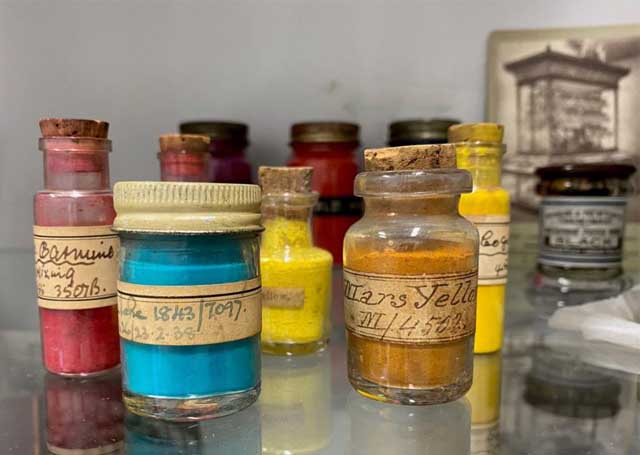
Grazie a questi progressi tecnologici, gli Impressionisti divennero più audaci nelle loro scelte cromatiche, fino al punto di eliminare completamente il nero dalle loro tavolozze. Di conseguenza, i loro dipinti erano atmosferici e le forme non erano delineate da linee nette. I colori brillanti e spontanei mantenevano il carattere dinamico della pittura all’aperto.
Thanks to these technological advances, the Impressionists became bolder with their color. As a result, their paintings were atmospheric, with forms not outlined by sharp lines. The bright, spontaneous colors retained the dynamic quality of outdoor painting.
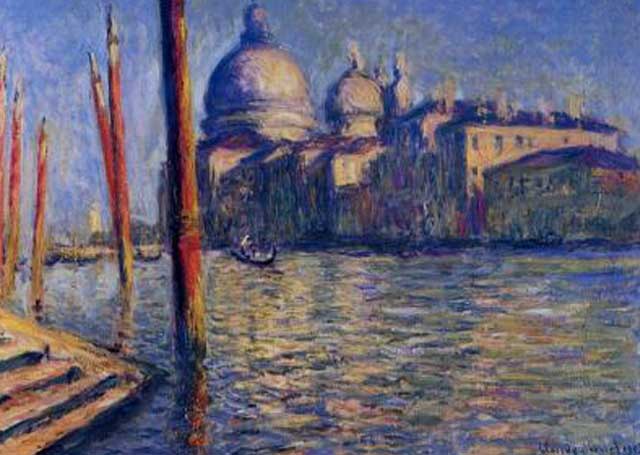
Arte e Contesto: Differenze Sociali e Politiche
Art and Context: Social and Political Differences
Altre differenze tra i due movimenti includono le visioni sociali e politiche dei loro membri, che influenzarono profondamente il tono e il sentimento delle loro opere.
Other differences between the two movements include the social and political views of their members, which fundamentally influenced the tone and sentiment of their art.
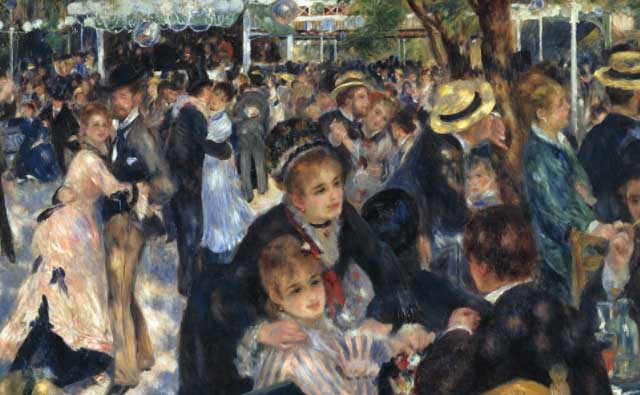
La Società Borghese degli Impressionisti
The Bourgeois Society of the Impressionists
Gli Impressionisti francesi provenivano da una società borghese e industrializzata, per cui era facile accettare i cambiamenti sociali. I loro dipinti tendevano a rappresentare scene leggere di progresso urbano ed intrattenimento sia in città che in campagna.
The French Impressionists came from a bourgeois and industrialized society, making it easier for them to embrace social changes. Their paintings often depicted lighter scenes of urban progress and entertainment in both city and countryside settings.
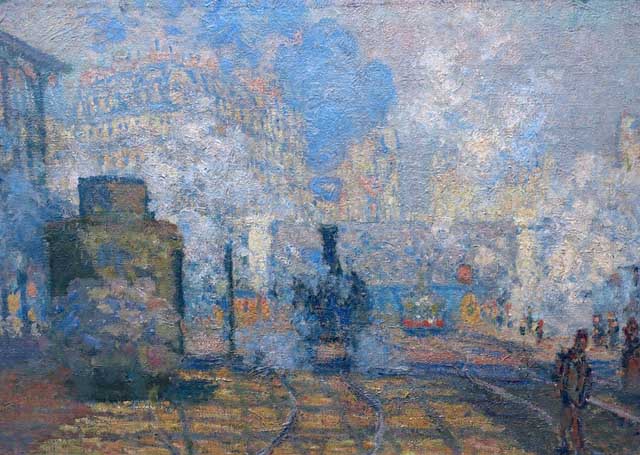
Il Risorgimento e i Valori dei Macchiaioli
The Risorgimento and the Values of the Macchiaioli
I membri dei Macchiaioli, invece, si rifacevano ai principi del Risorgimento: forti opinioni sull’unità nazionale, orgoglio patriottico, celebrazione della cultura contadina e valorizzazione dei principi tradizionali. Le loro convinzioni politiche influenzarono il loro atteggiamento e i loro dipinti riflettevano questa visione.
The members of the Macchiaioli, on the other hand, adhered to the principles of the Risorgimento: strong opinions about national unity, patriotic pride, the celebration of peasant culture, and the appreciation of traditional values. Their political beliefs shaped their attitudes, and their paintings reflected this perspective.
Un Origine Umile e una Visione Diversa
Humble Origins and a Different Vision
Inoltre, invece di provenire da famiglie della borghesia medio-alta, i Macchiaioli avevano origini umili, legate a una classe contadina e laboriosa. Per questo, le immagini dipinte dagli italiani non condividevano la leggerezza o il senso di humor, né la joie de vivre trasmessa nell’arte degli Impressionisti francesi.
Additionally, unlike the upper-middle-class families of the French Impressionists, the Macchiaioli came from humble origins, tied to a hardworking peasant class. As a result, the images painted by the Italians lacked the lightheartedness or sense of humor, and the joie de vivre conveyed in the art of the French Impressionists.
Macchiaioli vs Impressionisti: Questione di Tempo, Luogo e Opportunità
Macchiaioli vs. Impressionists: A Matter of Time, Place, and Opportunity
Sia i Macchiaioli che gli Impressionisti scossero la scena artistica del XIX secolo, quindi perché un movimento divenne famoso e conosciuto in tutto il mondo, mentre l’altro no?
Both the Macchiaioli and the Impressionists shook the art scene in the nineteenth century, so why did one movement become famous and well-known worldwide while the other did not?
L’Arte che Non Ha Raggiunto il Mercato
Art That Didn’t Reach the Market
Una ragione principale è dovuta al fatto che l’arte dei Macchiaioli non raggiunse mai il ricco mercato americano e, di conseguenza, un pubblico più ampio. La maggior parte delle loro opere rimase in collezioni private e non venne esposta.
One reason is that the art of the Macchiaioli never reached the wealthy American market and, therefore, a wider audience. Most of their works remained in private collections and were not displayed.
Dopo la Seconda Guerra Mondiale, a causa del forte nazionalismo italiano di Mussolini che aveva pervaso il paese per anni—un principio con cui i Macchiaioli si identificavano in parte—la loro arte venne respinta dalla nazione.
After World War II, due to Mussolini’s strong Italian nationalism that had enveloped the country for years—a principle with which the Macchiaioli somewhat identified—their art was rejected by the nation.
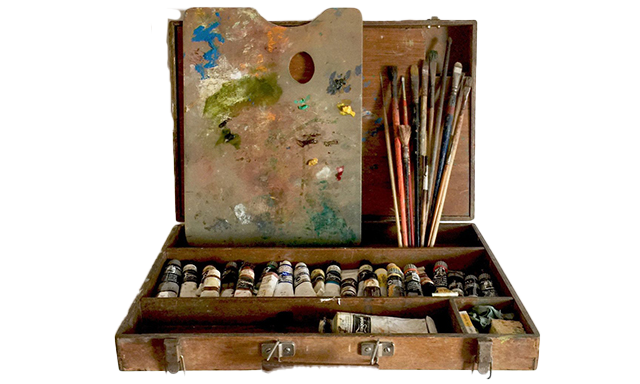
Un Vantaggio Tecnologico per gli Impressionisti
A Technological Advantage for the Impressionists
Infine, con le vernici preconfezionate in tubetto, facili da acquistare, gli Impressionisti ebbero un vantaggio straordinario che non esisteva per i Macchiaioli.
Finally, with pre-packaged tube paints, easy to buy, the Impressionists had an extraordinary advantage that the Macchiaioli didn’t have.
Pierre-Auguste Renoir disse: “Senza i colori nei tubetti, non ci sarebbero stati Cézanne, Monet, Pissarro e l’Impressionismo.”
Pierre-Auguste Renoir said: “Without the colors in the tubes, there would have been no Cézanne, Monet, Pissarro, and Impressionism.”
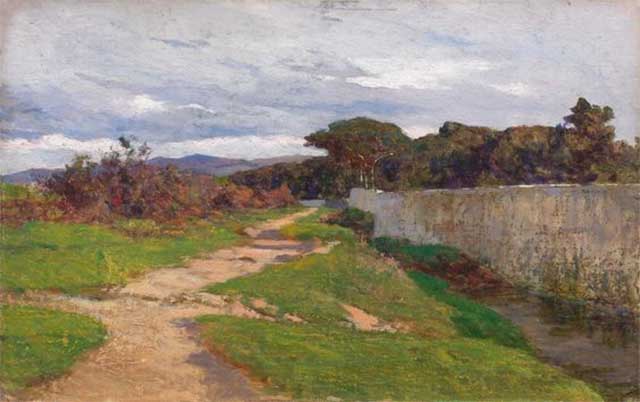
Un’Eredità Coraggiosa e Idealistica
A Courageous and Idealistic Legacy
Tuttavia, i Macchiaioli lasciarono il loro segno—o la loro “macchia”—nella storia dell’arte.
However, the Macchiaioli left their mark—or their “stain”—on the history of art.
A metà Ottocento, lo stile dei Macchiaioli sembrava moderno a un pubblico italiano rispetto ai movimenti tradizionali visti in precedenza. Abbracciando la pittura en plein air, i Macchiaioli scioccarono la scena pittorica italiana sviluppando la tecnica della “macchia.” Questo metodo, che rifiutava le tecniche pittoriche accademiche tradizionali, permetteva loro di catturare la luce naturale e l’immediatezza del momento.
In the mid-nineteenth century, the Macchiaioli style appeared modern to an Italian audience compared to the traditional movements they had previously seen. By embracing plein-air painting, the Macchiaioli shocked the Italian art scene by developing the “stain” technique. This method, rejecting traditional academic painting techniques, allowed them to capture natural light and the immediacy of the moment.
Il movimento dei Macchiaioli non dovrebbe essere trascurato ma considerato coraggioso e idealistico—un movimento artistico che ha contribuito a spingere l’arte italiana in una direzione nuova e più moderna.
The Macchiaioli movement should not be overlooked but considered courageous and idealistic—a movement that helped push Italian art in a new and more modern direction.
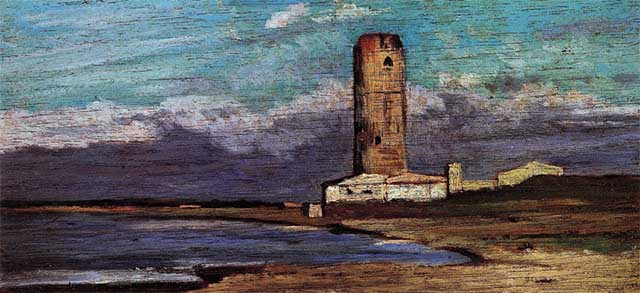
Insomma…. chissà cosa sarebbe cambiato se i macchiaioli
avessero avuto a disposizione le vernici prefabbricate in tubi!
In conclusion…. who knows what would have changed
if the Macchiaioli had had prefabricated tube paints available!
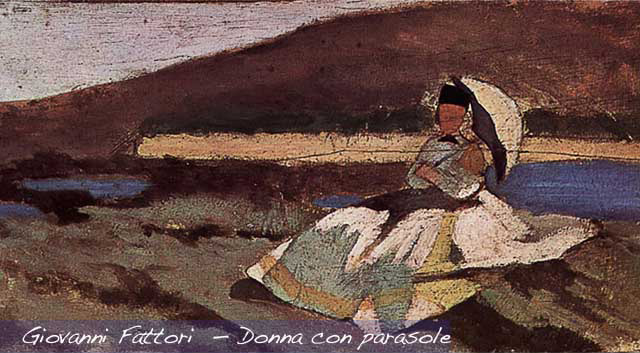
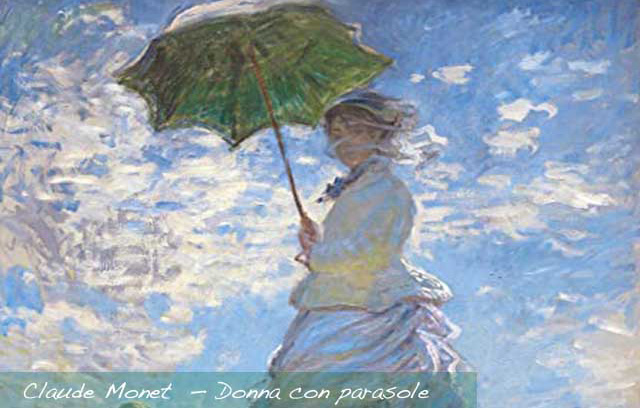
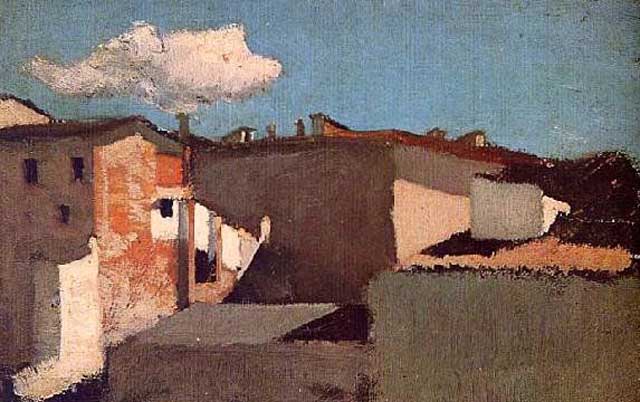
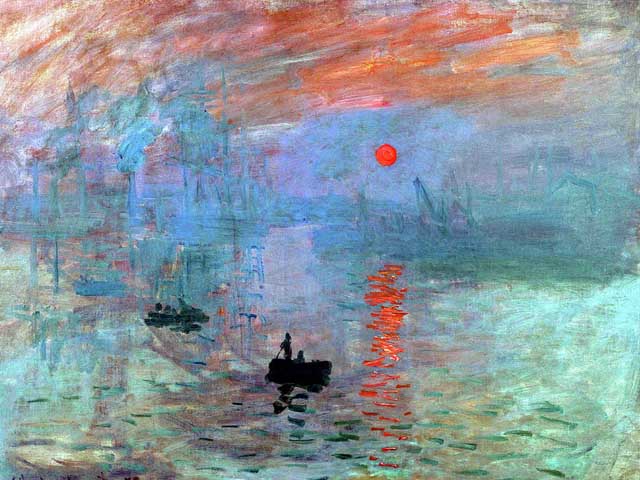
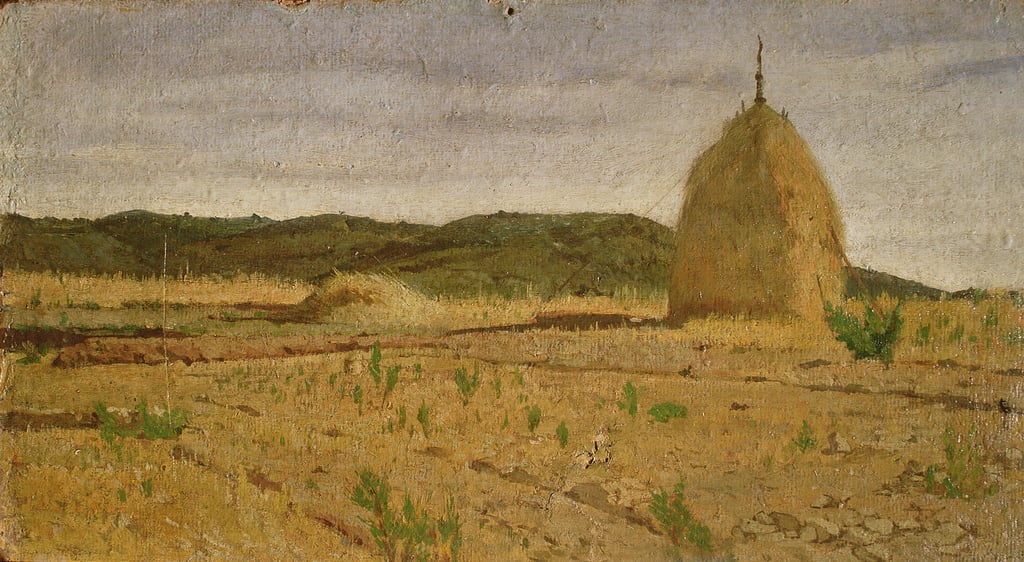
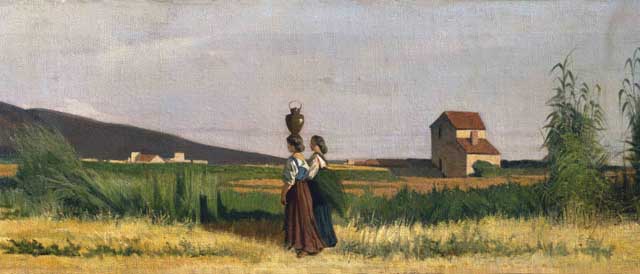
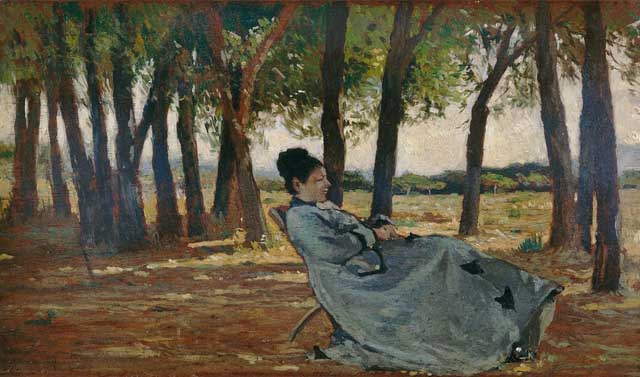
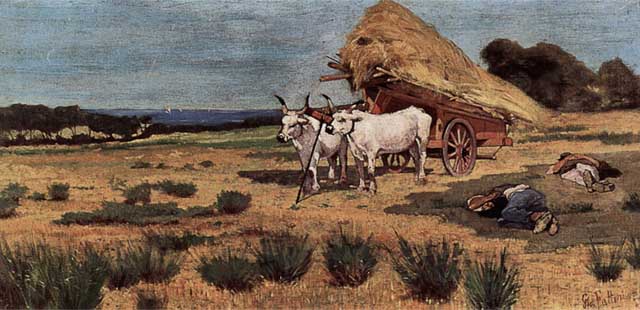
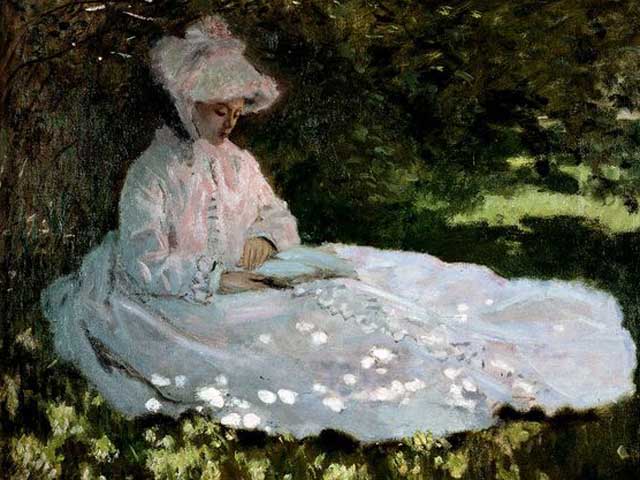
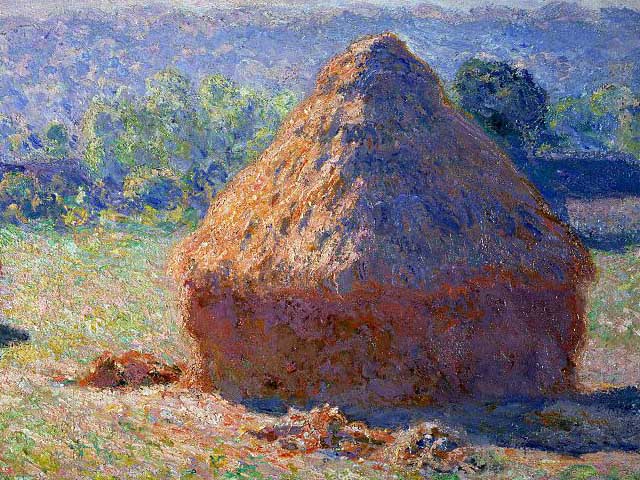
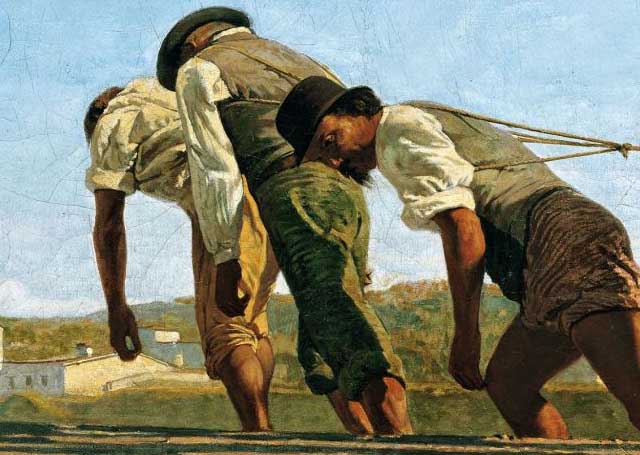
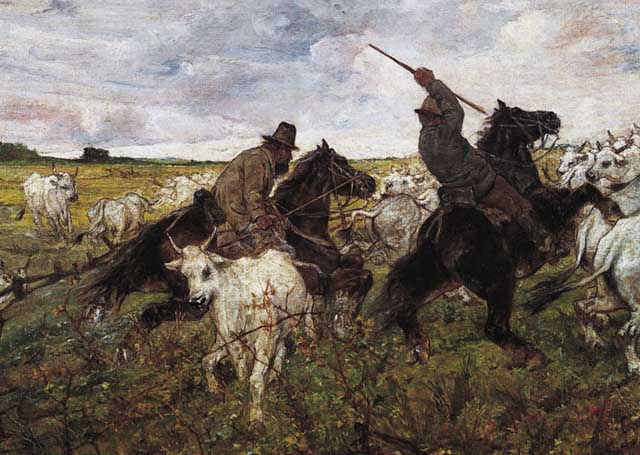
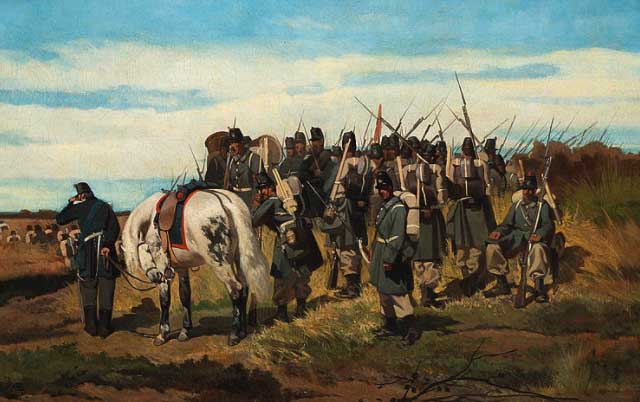
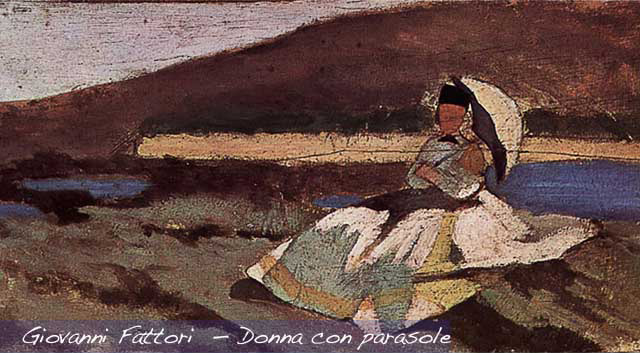
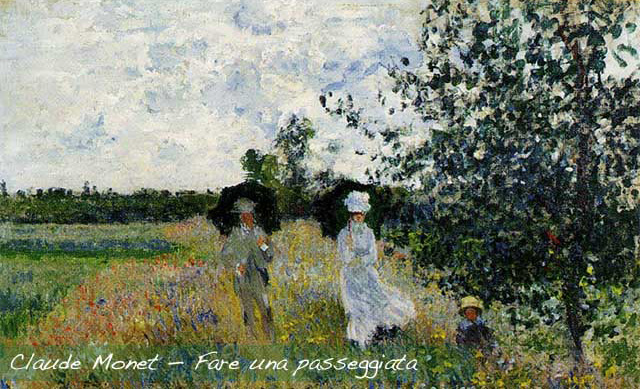
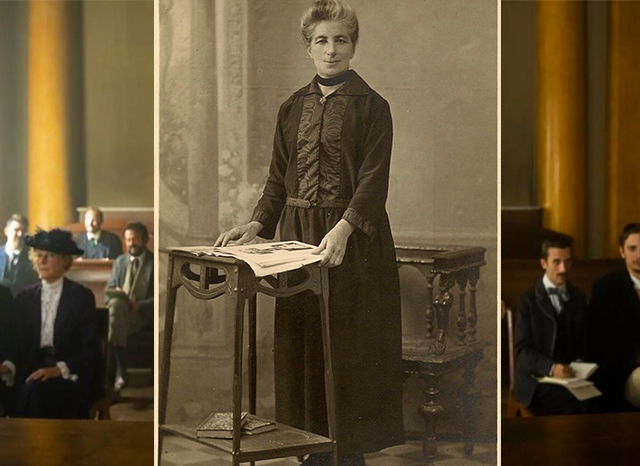
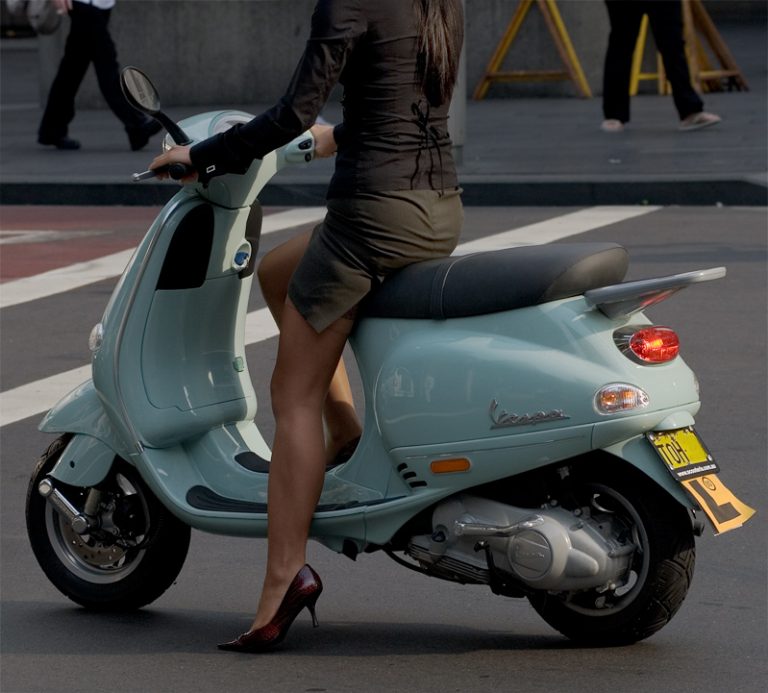
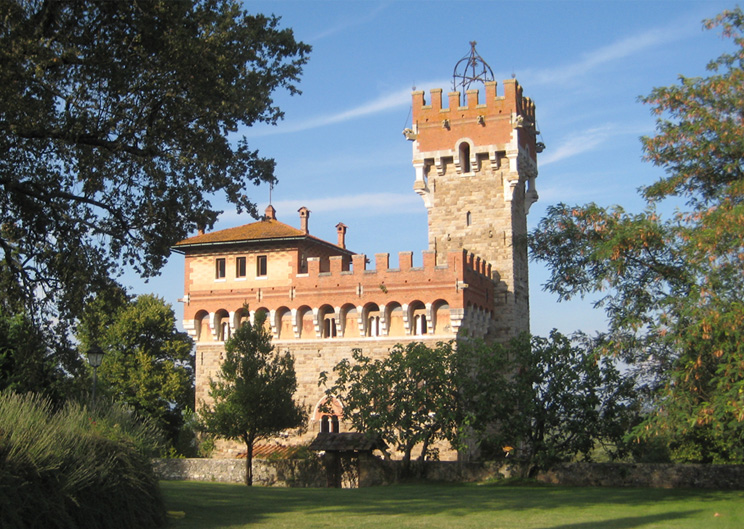

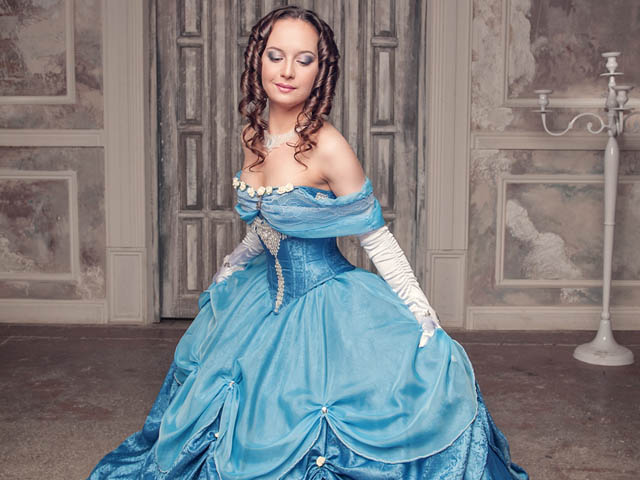
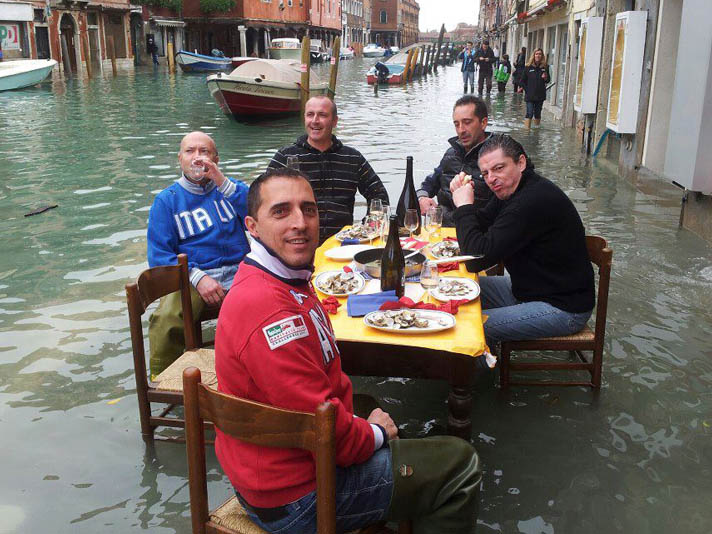





Ti ringrazio 🙏 per la lettura recente dimostrare fra l’arte di Macchiaioli e gli Impressionisti di francese nell’ ’
ottocento,
Sono interessante , non ho mai sentito prima dell’ arte Macchiaioli d’Italia, quindi non vedo l’ora di rivisitare alla galleria a Firenze per vedere questi immagini …
Caro saluto,
Interesting presentation – thank you. I understand that oil paint in tubes was an American invention – might you know when they became available in Italy? Also, which colours were commonly used by I Macchiaioli? Thank you again.